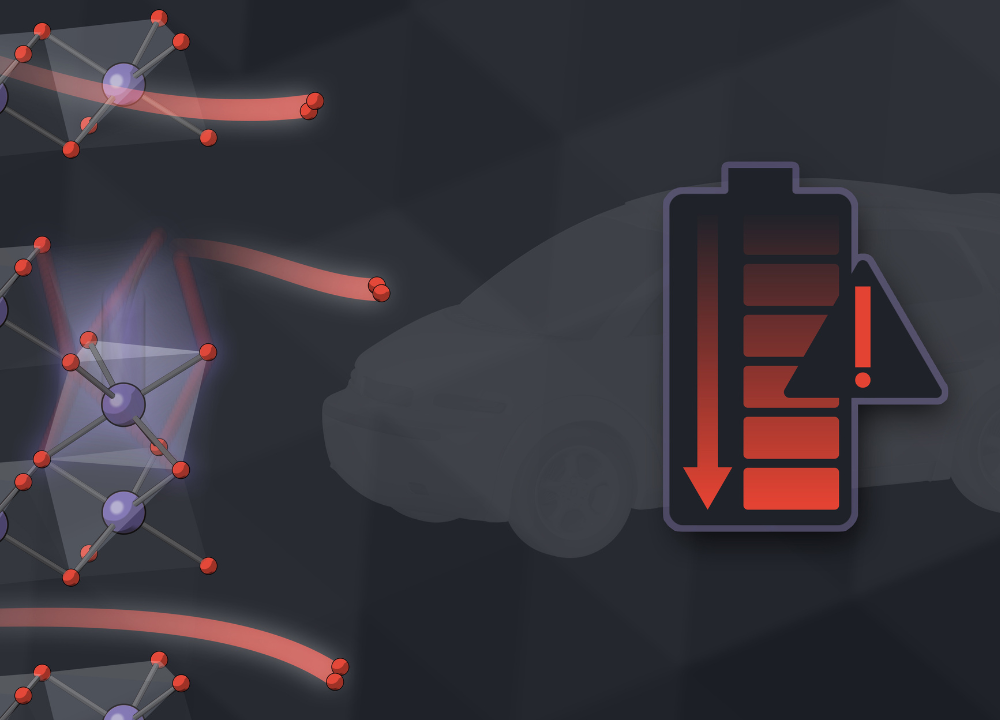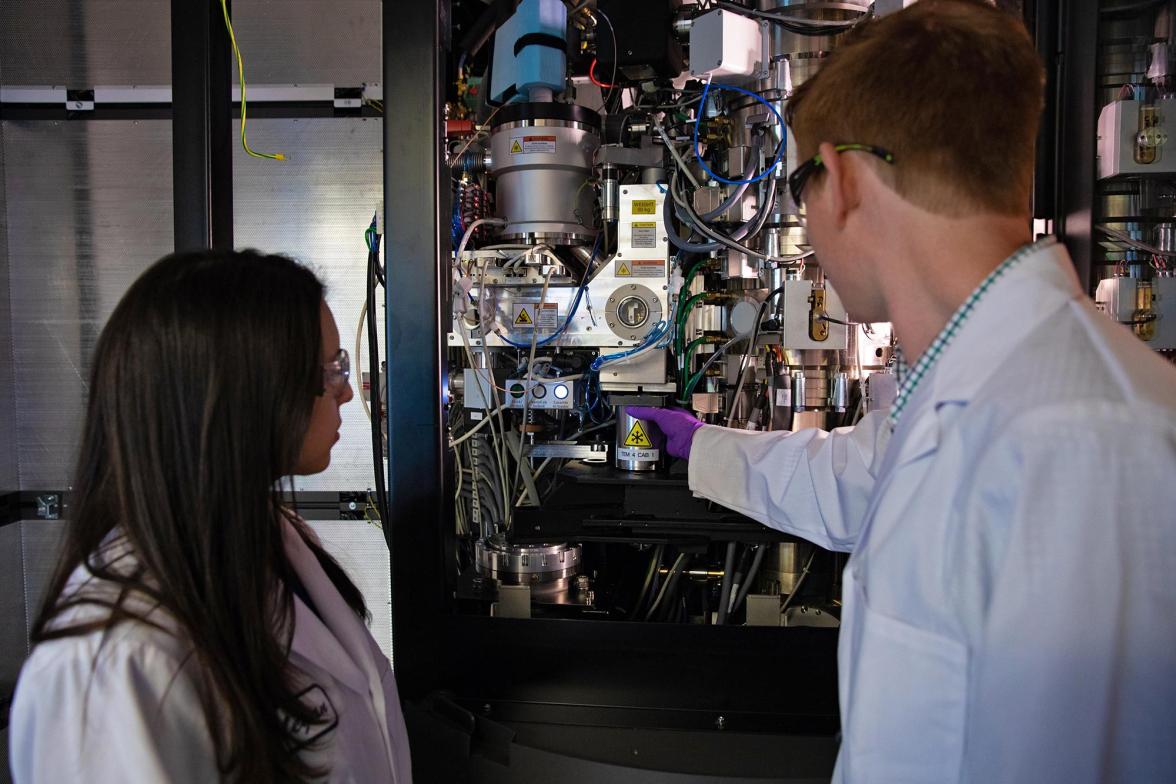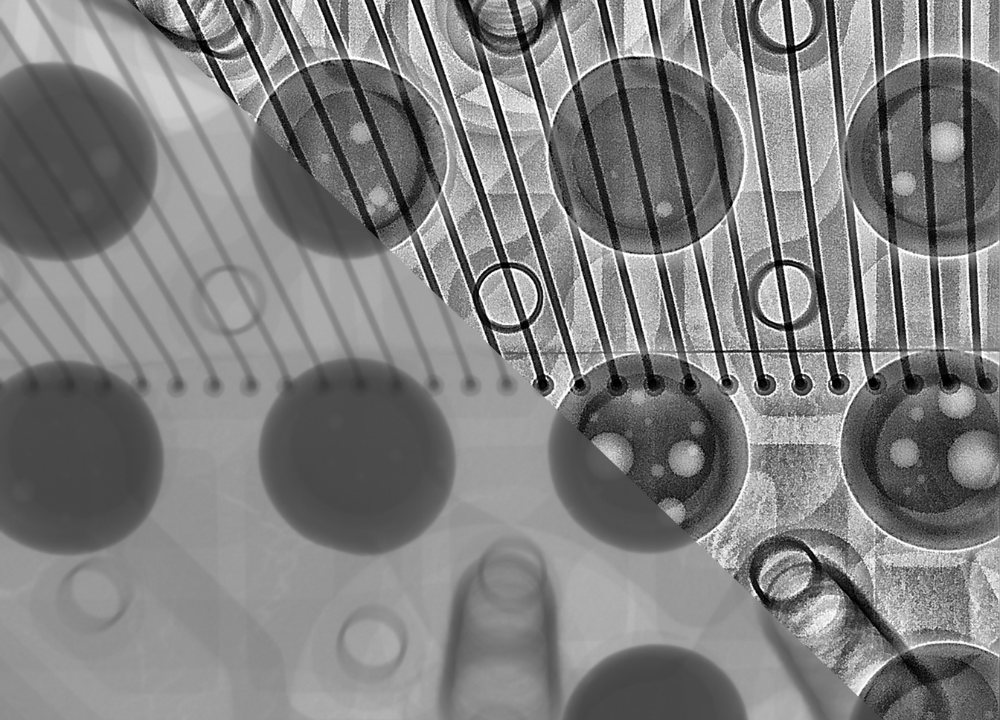Research
The new SLAC-Stanford Battery Research Center will bridge the gap between fundamental science and the deployment of technology. It aims to enable translational research in electrochemical science and technology by leveraging the combined strengths of Stanford University, SLAC National Accelerator Laboratory, and the innovation and entrepreneurial activity in Silicon Valley. Its ultimate goal is to accelerate the deployment of battery and energy storage technologies at scale as part of the energy transition to address climate change.

Artificial intelligence (AI) optimization
Artificial intelligence (AI) optimization has shown great potential for improving the efficiency and speed of battery fast charging. SLAC-Stanford battery center will utilize machine learning algorithms to analyze and adjust charging parameters in real-time, eventually extending battery life and realizing fast-charging capabilities.
Circular Economy
In a circular economy, batteries play a crucial role in promoting sustainable practices by reducing waste and conserving resources. By incorporating battery reuse, recycling, and repurposing into the circular economy, we will extend the lifespan of batteries and minimize the environmental impact of their production and disposal. Circular economy can create new business models and opportunities that drive innovation and create a more sustainable future.
X-ray
X-ray characterization techniques have emerged as powerful tools for understanding the fundamental mechanisms that govern the performance and degradation of batteries. By using advanced X-ray techniques such as X-ray diffraction, X-ray absorption spectroscopy, and X-ray imaging, researchers at SLAC-Stanford battery center will obtain valuable insights into the structural, chemical, and electronic properties of battery materials in situ and operando.
Cryo-EM
Cryogenic electron microscopy (Cryo-EM) is a cutting-edge imaging technique used to determine the three-dimensional structures of biological molecules at atomic resolution. It has revolutionized the field of energy storage by enabling scientist to visualize the intricate details of Li-ion batteries, such as lithium metal dendrite and solid electrolyte interphase (SEI).
